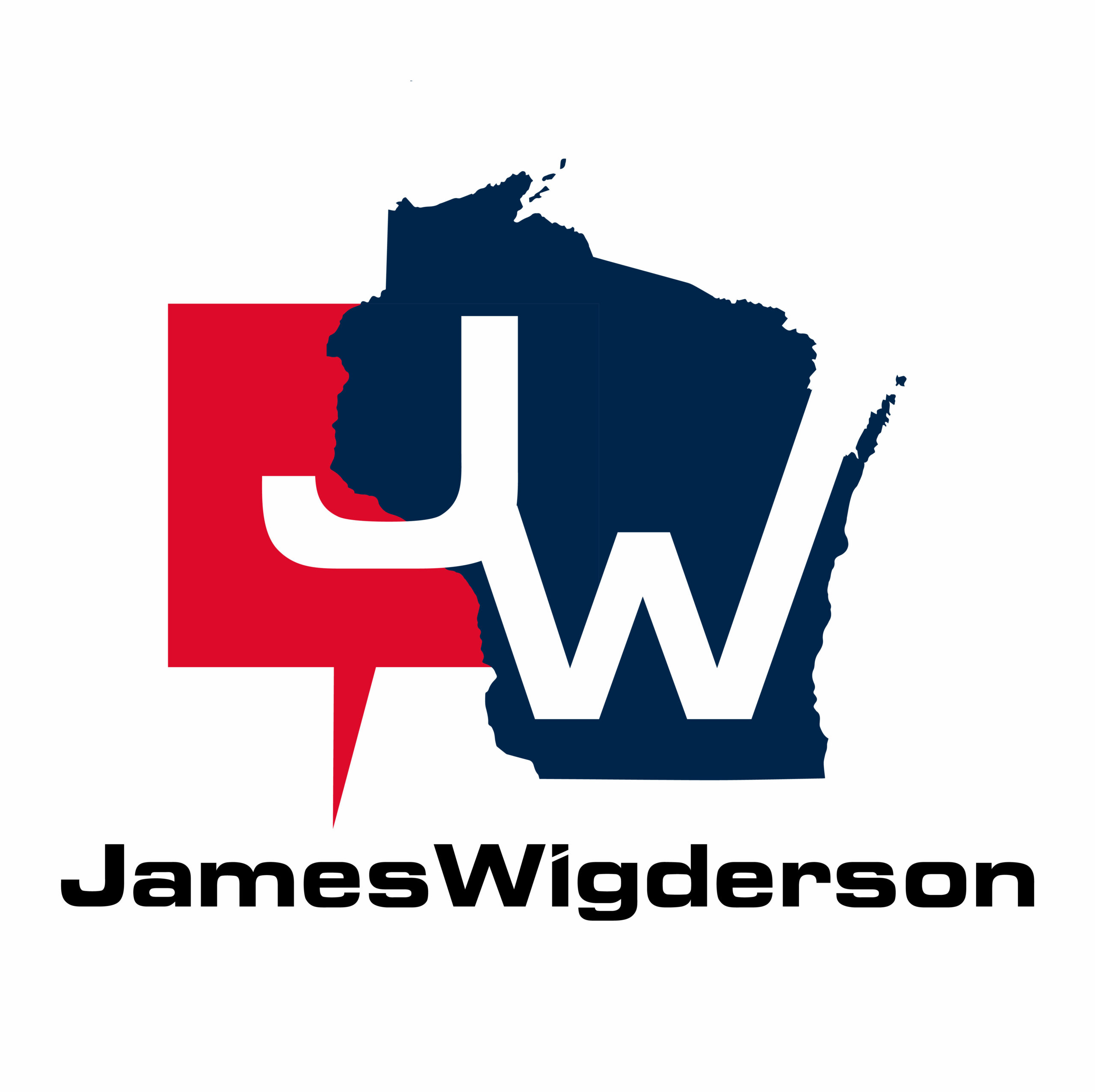Let’s start with fundamentals. The liberal candidate begins with an advantage due to the Biden/Bernie primary and no contest on the GOP side. Thousands of DEM ballots were cast well before former Vice President Joe Biden wrapped it up. For example, you will see thousands of votes for Pete Buttigeg and others.
This advantage was magnified by a mayoral race in the city of Milwaukee and a hot contest for Milwaukee County Executive. Because of these two factors, a big DEM base turnout was ensured and much of this vote came early due to early in-person voting in Madison and Milwaukee.
Therefore, for conservative Wisconsin Supreme Court Justice Dan Kelly to have a shot, the overall turnout had to be large to give an opportunity for Kelly to catch up. DEM areas like Milwaukee and Madison had lots of time for early voting.
Rural areas tend to vote on election day. Thus, the actions by Democrats in the final days to throw the race into chaos and suppress the rural vote.
The big increase in turnout did, in fact, materialize. Because totals have not been released, it is hard to measure. But absentees suggest turnout could be up 30% from ‘19. That would be close to 1.6 million voters. It all depends on how many voted on 4/7 and whether DEM voter suppression efforts (e.g. “if you vote you’re going to die” worked).
The increase in turnout was not uniform. As expected, the city of Milwaukee rose sharply (up 37%). The city of Madison saw a much smaller increase of 22%. Both are very liberal areas. The remainder of state appears to be up around 30% compared to 2019.
But again, that is an ESTIMATE based on absentees. Furthermore, the increases vary widely from city to city based on what local races were on the ballot. Turnout in Wausau, for example, doubled from 2019 while New Berlin only saw an 8% increase.
Overall, the changes in turnout appear to not strongly favor either candidate. But a 37% increase in Milwaukee translates into a lot of people due to its sheer size. Here is estimate of how turnout compares as a share of the total compared to 2016 and 19.

At first, Milwaukee lagged behind the WOW (Washington, Ozaukee, Washington) counties in terms of absentees, but it caught up – especially in the four days following the election. Absentees arriving in the days after the election were skewed towards Milwaukee.
The shift between Milwaukee and the WOW counties likely means Kelly will need to either score a higher percentage of the vote in Milwaukee than Hagedorn received in 2019 or obtain a larger percentage of the outstate vote to offset the shift.
Remember, you can’t look just at turnout percentages, but also at how those areas usually vote. Also, scale is important. Here is a model showing how impactful super-high percentages for liberal candidates in Madison can be.

This increased turnout in Madison and Milwaukee suggest that conservatives need to see large increases in turnout in outstate Wisconsin and the Fox Valley, but also need to see the conservative candidate grab a higher percentage of the vote in those areas.
Summary: This race started out as a long-shot for the conservative candidate. But a large turnout has provided an opportunity for it to be very close.
Unknown: who exactly are these new 300,000 to 500,000 voters?
Personally, I think it will be close.
This is adapted from a series of Twitter posts by Joe Handrick, a Republican Party elections numbers expert. Reposted here with permission. You can follow Handrick’s election night analysis on Twitter at @JoeMinocqua.


